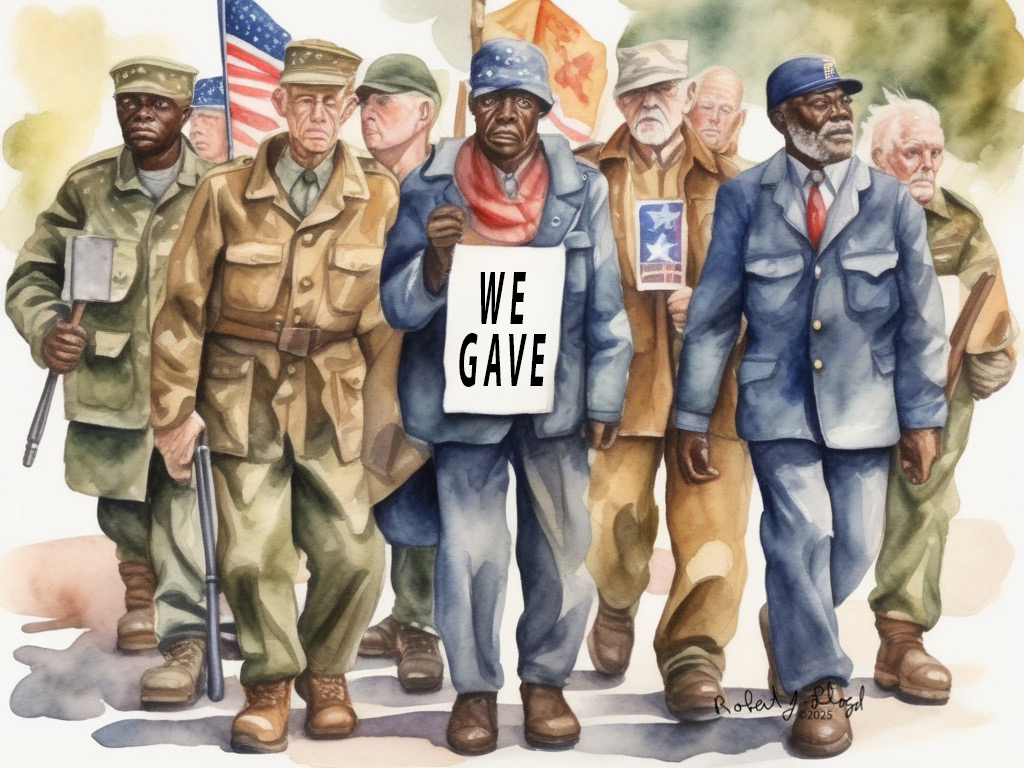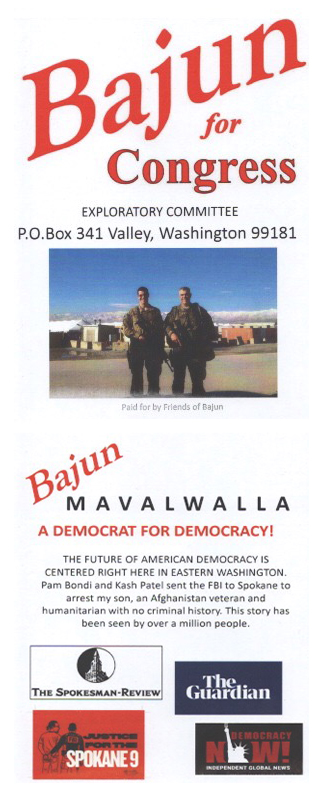WE DO NOT SPEAK FOR YOU – WE ARE A PLACE WHERE YOU CAN SPEAK
War has been declared not only on marginalized people but our democracy. We are at a point in our history where we are moving rapidly toward tyranny. The presidential candidate won the election and has total control of all branches of government and refuses to follow any of the court rules and the historical norms. If the democratic process has fallen apart and checks and balances are not working, what are the choices of the grassroots? A non-violent revolution. This site seeks to bring a progressive perspective and activist strategies to meet the challenges in our communities.
We believe that no one will do it for us but us. We are not a large organization or institution. We are individuals doing the best we can with what we’ve got. We cannot do it alone. If you would like to share with 4comculture.com contact us at info@4comculture.com.






